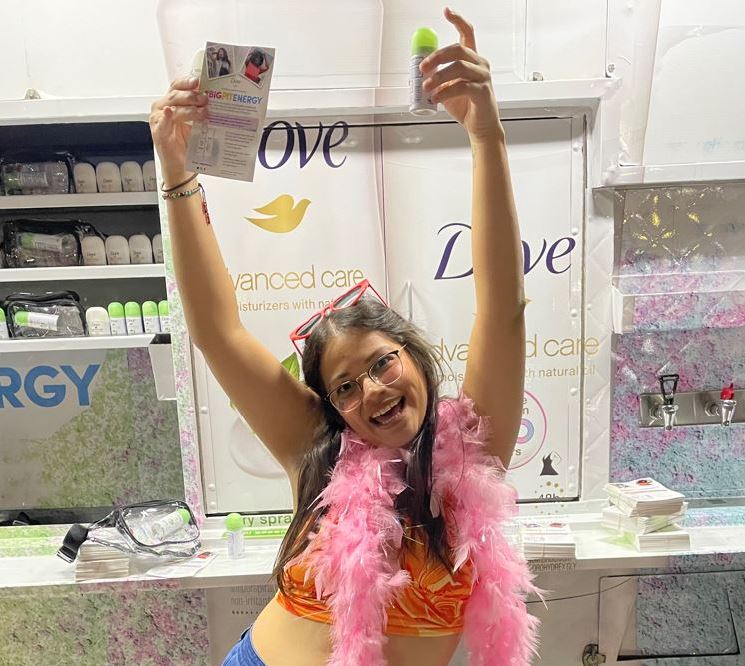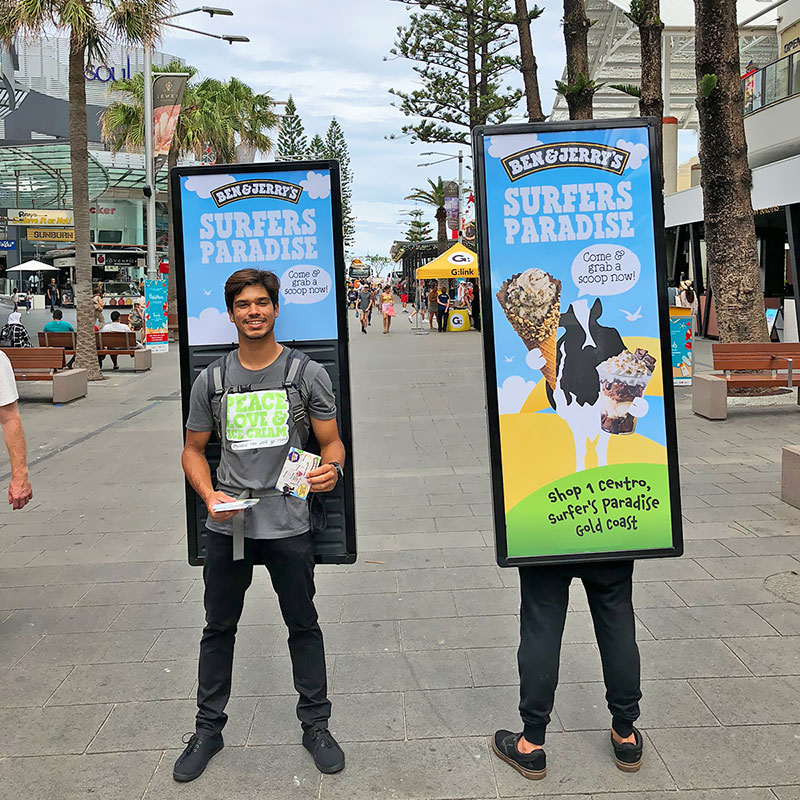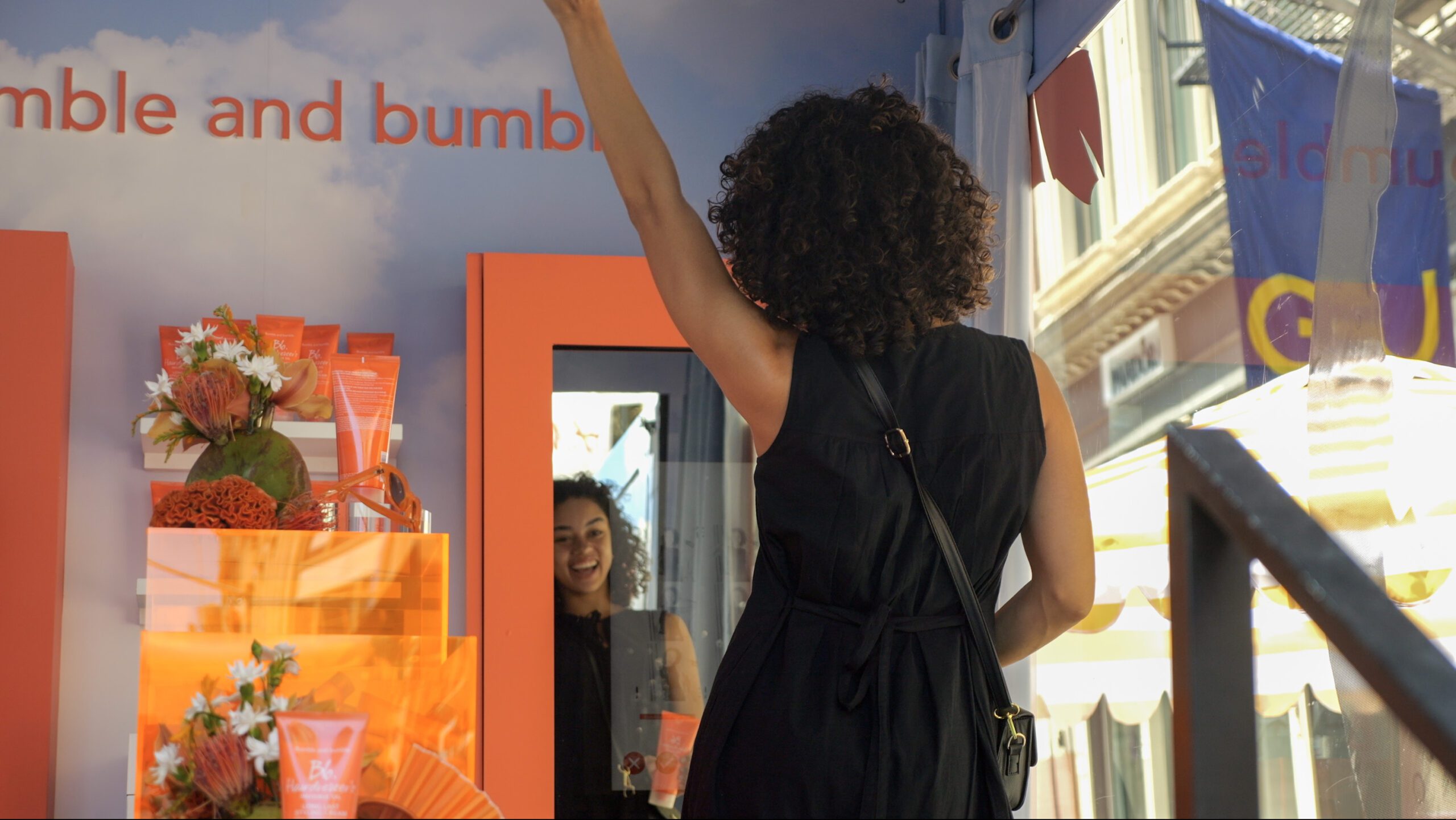
- Experiential Marketing
Using Nostalgia to Connect with Generation X
Sometimes known as the MTV generation, the latchkey generation, or the forgotten generation, Generation X is now middle-aged — primed for nostalgic appeals in digital and conventional marketing.
Who Is Generation X?
Born between 1965 and 1980, Generation X is the smallest adult generation, numbering only around 65 million — sandwiched between the much larger Baby Boomers and Millennial generations. As such, Gen X is frequently overlooked in conversations about culture, politics, and current events.
But these middle-aged adults occupy a unique spot in history: they are the generation that grew up in the analog era and came to adulthood in the digital era with computers and mobile devices. As consumers, they are skeptical and brand loyal, while demanding social responsibility from the brands they buy, as well as excellent customer service. They also control about 30% of the United States’ total wealth — which translates into spending power. That makes Gen X both a challenge and a tremendous opportunity for marketers. Experiential marketing incorporating nostalgia — themes, imagery, music, language — for the 1970s, 1980s, and early 1990s is one way to connect with this unique consumer group.
What Are Some Characteristics of Gen X?
Today, Gen X is sometimes called “the forgotten generation,” “the MTV generation,” “the latchkey generation,” and other appellations reflecting their place in pop-culture history and their relative invisibility, culturally speaking. As children, they enjoyed both freedom and responsibility not usually offered to kids today. These influences combined to create many Gen X traits; here are the most prevalent — and the most relevant for your marketing strategy.
Independence and Self-Reliance
Many Gen Xers grew up in dual-income households — relatively uncommon until the 1970s — leaving them to arrive home from school to empty houses where they were forced to rely on themselves for both entertainment and managing their own time. This lack of oversight perhaps explains Gen Xers’ independence, resourcefulness, and self-reliance. This is a generation forced to grow up faster than those that followed it.
Skepticism
Famously sarcastic, most Gen Xers is also deeply skeptical of advertising and marketing claims. “Brands need to be able to back up their marketing claims with proof,” according to a Shelf article, “or they’ll lose Gen Xers’ trust.”
Expectation of Work-Life Balance
The generation that introduced the concept of work-life balance, Gen X works hard but expects to keep reasonable, “well-defined” hours and take time off. Unlike the baby boomer generation, they refuse to be ground down by their careers, and they spend more of their money on fun, like dining out and vacations.
Financial Pressure
As a group, Generation X carries more credit card debt per capita than any other generation; many of them are also saddled with student loans. As they age, more and more of them head up multi-generational households, which means they’re supporting three generations. Because of these financial burdens, Gen Xers are more likely than Baby Boomers or Millennials to say they will struggle to achieve financial security.
A Way with Technology
Because Gen X straddles the analog and digital eras, they saw both the advent of personal computers, mobile devices, and the birth of the Internet — and they’ve been using technology from its infancy though they grew up using analog devices. As a result, they’re adept with technology but not as dependent on it as younger generations.
Collaboration & Cooperation
Growing up without smartphones and email forced Gen X to work collaboratively and face-to-face with peers and coworkers. They also learned to embrace feedback and criticism, and are typically more direct than Boomers or Millennials.
Social Responsibility
Gen X expects social responsibility from the brands they buy from. This may be due to events during their formative years — from the AIDS crisis to cause-driven music festivals like Band Aid — but regardless of its source, they are more likely than other generations to give their time to causes they care about.
“They want to know that the companies they’re supporting are doing their part to make the world a better place,” according to the Shelf article. “This means that cause marketing is a great way to appeal to them.”
Brand Loyalty
Generation X also has more brand loyalty towards the brands it loves — “ridiculously loyal,” in the eyes of some. From food to clothing to technology, Gen Xers will pay more for a brand they trust, whether or not it’s endorsed by an influencer. They’re also more likely to join a brands loyalty program.
Why Appeal to Nostalgia?
In an era when competition for consumers’ attention is ever-increasing, connecting with prospective customers takes something special — and nostalgia supplies that element in the form of emotional connection.
There are lots of ways for brands to generate an emotional response from consumers, of course, but what’s unique about nostalgia with Gen X is that it triggers connections based on prior experience. “Nostalgia is an easy way for companies to leverage the optimistic feelings that often accompany walks down memory lane,” according to a Forbes article. “Associating brand messaging with positive references from the 90s, 80s — and even the 70s — humanizes brands, forging meaningful connections between the past and present.”
Appealing to consumers’ nostalgia can also bolster your brand’s authenticity — a characteristic Gen X looks for in brands — reinforce brand identity, and remind them of your brand’s history and longevity (if applicable).
For brands looking to capitalize on nostalgia to capture Gen X customers, there are a few ways to go.
Keep It Real
Generation X is deeply skeptical about advertising and marketing, and to be appealing, the nostalgia has to feel authentic. Avoid cliches or pandering — Gen X will see right through them.
Revisit History
Connect the brand to a historical event, to “demonstrate the progress that society has made while showing the company’s commitment to further improvement in the future.” according to this article. The history you revisit can be something from political or social movements, pop culture, or other events.
Reuse & Recycle
Gen Xers are as likely to be nostalgic about past ad campaigns as anything else — remember, they were the first generation to experience modern marketing across multiple media, and the slogans, jingles, logos, colors, designs, packaging, and other elements stuck in their collective memory.
Create Your Own Spokesperson
“Using a fake endorsement can be a humorous way to develop a nostalgia marketing campaign,” notes a recent Indeed article. Develop a fictional character or historical figure to “endorse” your brand, considering what characters might have supported the brand in real life. Ironically, a fake endorsement can actually help the brand score authenticity points with Gen X.
“Remember those …?”
Generation X has seen a lot of trends in its lifetime — the 1970s, 1980s, and 1990s saw an explosion of youth culture and subcultures, along with marketing directly to kids and teens, and that unprecedented level of attention to non-adults’ interests made a lot of memories. From bell bottoms to New Wave to Swatches, referencing old fashion, music, and cultural trends “can help you connect with people who lived through those trends and show them the brand understands the nostalgic feelings they have about those events.”
Create an Old-School Experience
Immersive marketing experiences based around nostalgic trends or events have a powerful appeal for Gen X — who wouldn’t want to re-experience a positive memory of childhood or adolescence? Making the experience interactive, allowing Gen X customers to participate in a piece of the past, enhances the authenticity and strengthens the emotional connection with your brand.
Partner with the Past
Iconic brands, trends, personalities and franchises from the past evoke nostalgia for consumers. One possibility: Partner with a former spokesperson for a new marketing campaign.
What Triggers Nostalgia for Generation X?
Even in their youth, Gen Xers were known for their strong connection to popular culture — TV, movies, music, fashion, and technology — making this a generation primed for nostalgic appeals. Here are some ways brands have tapped key events, trends, and occurrences for nostalgic appeal:
Polaroid
Polaroid and Instagram don’t seem like a natural fit, but Polaroid “revived its brand and its product line by focusing on creating products that are literally Instagram-ready.” The company created printers for downloading Instagram posts and printing them on the iconic Polaroid paper, along with releasing cameras in colors and designs intended to be Instagram-ready. And the nostalgia runs even deeper: After Polaroid was featured on Stranger Things, the company began selling the same model used in Season 3 of the show.
Dove
Dove partnered with Promobile Marketing to create a branded food truck and to strategized a smart way of reaching their audience—and meeting them where they were already gathered. The Dove branded food truck travelled through LA, NYC, the Gulf Shore, and Alabama at Music Festivals to connect with women everywhere.


Apple
No stranger to nostalgia-based marketing, most recently Apple created its Cookie Monster spot, which shows the Sesame Street character using Siri to bake cookies. The ad shows Cookie Monster using Siri to set a timer and play music while baking cookies.
McDonald’s
McDonald’s created an adult-sized version of its iconic kids’ meal, complete with a specially designed Happy Meal box, a Big Mac or 10 nuggets, fries, a drink, and a McDonald’s mascot toy. In many locations, the meals sold out in days.
Promobile Marketing is a dynamic experiential marketing agency based in New York City. For over a decade, Promobile Marketing has collaborated with a range of brands—from budding startups to major CPG brands—on immersive marketing campaigns. Get in touch to discuss your next project.


